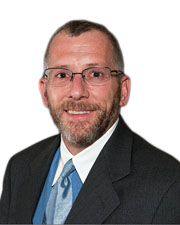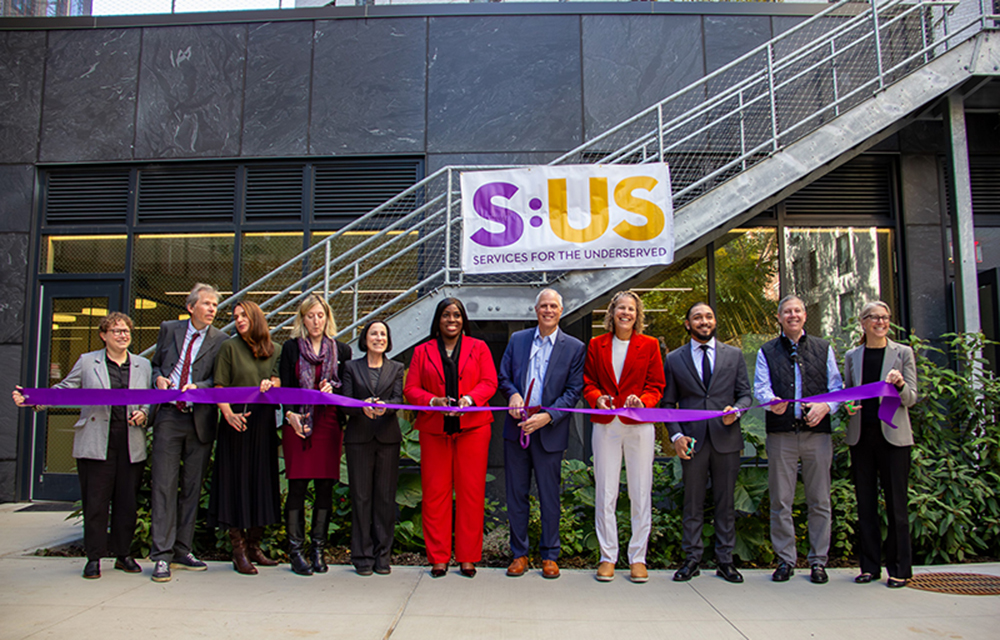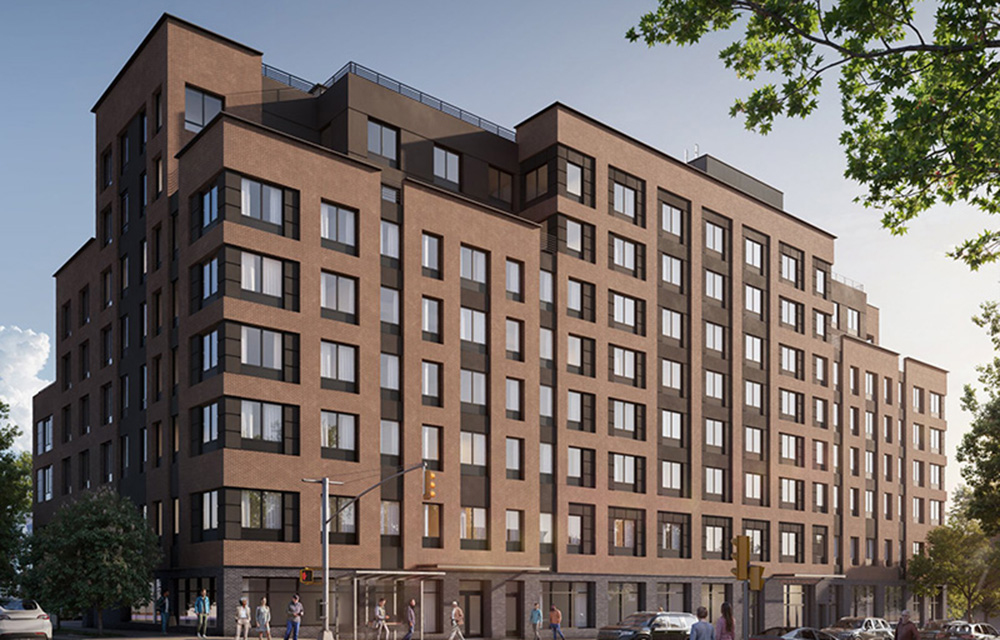Lead-in-dust exposure: The next Flint, Mich. scenario coming to a city near you! - by Lee Wasserman

When the earth was created (nearly 4.5 billion years ago), elemental lead was a part of it! This very malleable, ductile, and heavy metal was fabricated into thousands of products and deposited all over Mother Earth during the industrial revolution. Lead was used in fuels, paints, munitions, batteries, makeups, pool cue chalk, candy wrappers, and, as a consequence of production, spices, baby foods, liquids, and more. But the next toxic lead Flint, MI., situation is not going to be lead in water. But instead, lead in dust, and it’s anticipated to occur in New York City! The sequence of events to cause the storm goes like this—the EPA, has been under federal court pressure to re-evaluate its lead standards, inclusive of Dust Lead Standards for years! The New York City Housing Authority (NYCHA) was identified as falsifying regulatory required lead-based paint inspection and assessment reports. NYCHA and the city itself are placed under substantial media, political, and governmental pressure to quickly become compliant with HUD’s Lead Safe Housing Rule (24 CFR part 35) and protect its almost half a million residents.
On June 21st, 2019, The EPA, released its new Dust Lead Hazard Standards (10ug per s/f-floors; 100ug per s/f-sills), but it does not simultaneously lower its Lead Dust Clearance Standards (40ug per s/f-floors; 250ug per s/f-sills; 400ug per s/f-wells). Major hiccup #1! The New York City mayor’s office announces New York City will become the most lead-safe city in the country and publicly announced it lowered its dust levels to 5ug per s/f (crazy low) along with some other changes to protect residents of New York City. At the same time, our country’s largest housing authority (NYCHA), is under regulatory pressure from HUD to comply with its Lead-Safe Housing Rule, which requires lead-risk assessments in non-lead-based paint exempted subsidized apartments. NYCHA will be required to perform these lead risk assessments, which will require NYCHA to collect numerous dust wipe samples to determine if lead in dust hazards are present within approximately 138,000 units. Hiccup #2! The likely outcome: The NYCHA will comply with Federal obligations and perform required lead risk assessments or risk assessment re-evaluations (without much of a choice). Literally, thousands of dust wipe samples will be collected and analyzed for lead-in-dust as part of this process. Lead levels will be compared to the EPA’s and New York City’s new and substantially lower Lead Dust Hazard standard(s). Per the regulations, and EPA/HUD lead dust hazard identification protocol, and if the average of the like kind wipes in a particular unit are above the Lead Dust Hazard identification new standard of 10ug per s/f (EPA) or 5ug per s/f (NYC), all untested units will be considered as containing the same level of lead-in-dust and therefore, would be considered Dust Lead Hazardous units until proven otherwise.
I believe this will likely occur for the following reasons: Lead paint, lead-in-soil, and lead-in-dust is all over New York City.
During the winter, I worked on numerous projects in New York City. I collected a dust wipe from the stair tread of one of the platforms for the Grand Concourse (Creston Ave.) to find out the lead dust levels were 50 times higher than the EPA’s Lead Dust Hazard standard (10ug per s/f) and more than 100 times greater than the city’s most recently announced level (5ug per s/f)! The likelihood of a coming into contact with atmospheric or residual lead paint, soil, or dust, or other sources in New York City is extremely high. So, housing complies with the court’s orders and with HUD’s requirements. In doing so, because of the residents’ insufficient cleaning, the clutter of units, and just being one of the oldest metropolitan areas in our country, lead-in-dust hazards will be identified! The media will see it, and will publicize it, and the city/its governing body will be under new pressure to address this country’s Lead-In-Dust exposure risk, putting substantial new pressures on all landlords. As a solution rather than a “Problem Presenter” (LEW coined), I suggested the following:
- Installing easy-to-clean flooring materials;
- A consideration for language added to leases, not allowing for clutter/hoarding within units;
- Considering a cleaning service (in-house staff trained) when necessary;
- A resident loaner cleaning supplies program (HEPA vac, detergents, mops, etc.); and
- Increasing the frequency of cleaning common areas, having foot mats upon entry, etc.
There isn’t one simple magic solution to resolving these issues. I suggested remaining proactive, discussing the reality that the impact of the lead dust hazard concern could impact your properties, identifying lead-based paint, dust, and soil risks and creating a program to mitigate it to its lowest possible potential impact.
Lee Wasserman is president of LEW Corp., Mine Hills, N.J.
Troutbrook expands with boutique condo project and Marriott Fairfield Inn & Suites renovation








.gif)
.jpg)
.gif)
.gif)